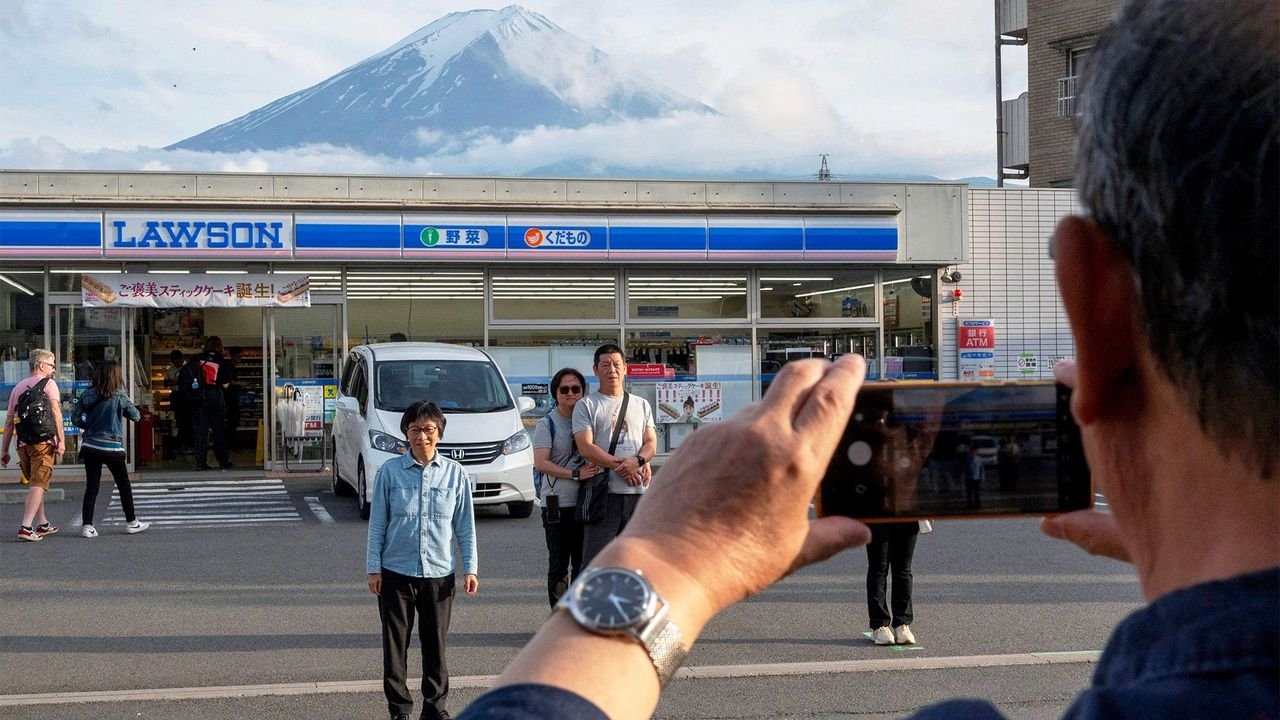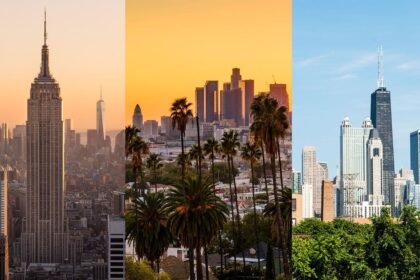Is it time to ditch the bucket list? In an age dominated by viral travel trends, many classic destinations feel overdone, pushing travelers and countries alike to rethink how and where people explore.
Is it time to ditch the bucket list and find new ways to travel?
Bucket list travel remains one of the most popular ways for travelers to plan dream trips and once-in-a-lifetime experiences. Popularized by films and social media, the idea has become part of modern travel culture. But as algorithms shape what we see online, many bucket lists are beginning to look nearly identical.
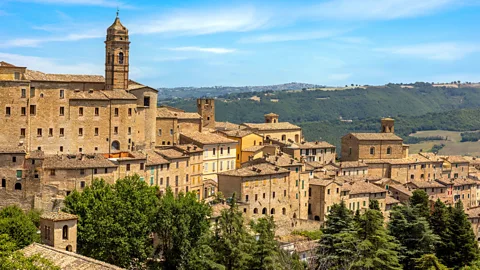
“Social media is now the main source of inspiration for many travelers,” explains travel editor Grace Beard. “When the same destinations go viral, it creates identical wish lists worldwide.”
While this digital inspiration brings global beauty to our screens, it also creates homogenized travel dreams. The result? Long queues, overcrowded attractions, and disappointed travelers when expectations don’t meet reality.
Sustainable travel trends pushing us to ditch the bucket list
Italy is one of the most visited countries in the world, but most international travelers head to only a handful of cities. To challenge this trend, Visit Italy launched its “99% of Italy” campaign, designed to highlight overlooked regions.
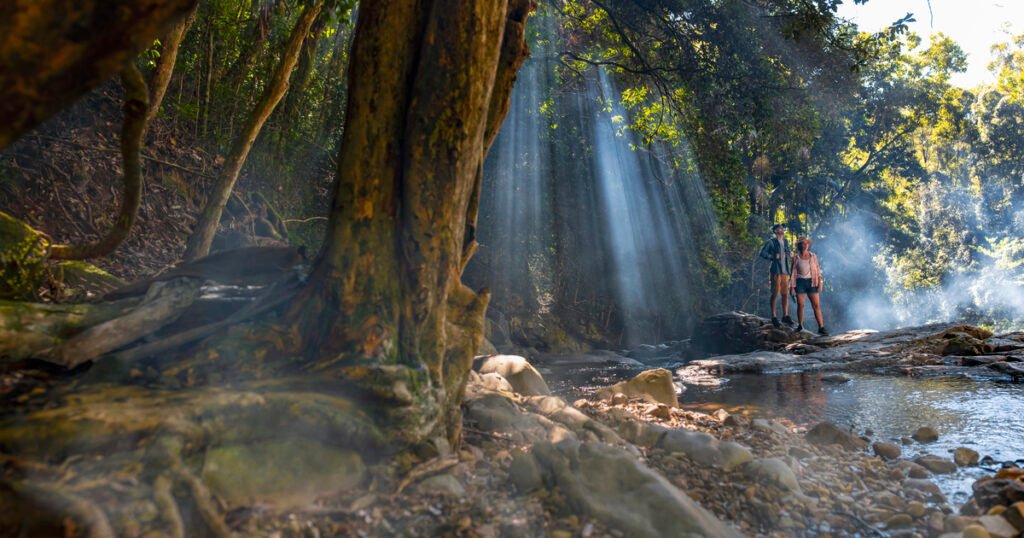
“We want to shift attention from the crowded hotspots to the authentic villages and landscapes most travelers never see,” says Dr Ruben Santopietro, CEO of Visit Italy.
Instead of ticking off Venice or Florence, the campaign highlights charming alternatives like the medieval villages of Le Marche, the Etruscan town of Sorano, and the coastal hamlet of Varigotti. These areas promise authentic beauty without the pressure of mass tourism.
How undertourism is reshaping the bucket list
Japan has also faced overtourism, especially in iconic cities like Tokyo and Kyoto. Specialist operator InsideJapanTours is promoting undertourism, a strategy that shifts travelers toward under-visited regions.
“Post-pandemic, many visitors focused only on the top-ten destinations,” says Rob Moran, head of sustainability. “We wanted to help balance that by introducing alternatives.”
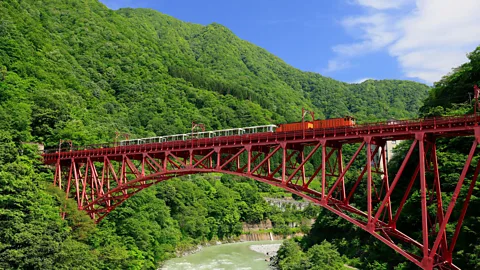
New itineraries now include Toyama, where visitors can explore snowy peaks, emerald rivers, and traditional crafts alongside the usual highlights of Kyoto and Osaka. Even a short visit to lesser-known prefectures can make a big difference in cultural preservation and rural regeneration.
Mystery touring in the Faroe Islands – a new sustainable travel trend
The Faroe Islands are not yet overwhelmed by mass tourism, but local leaders are planning ahead. One creative solution is the Self-Navigating Car, a rental vehicle that follows a surprise route curated by locals.
“The goal is to spread visitors across the islands and encourage exploration beyond the usual hotspots,” explains Súsanna Sorensen of Visit Faroe Islands.
With dramatic cliffs, sheep-dotted roads, and seabird colonies, the Faroes have no shortage of natural wonders. The mystery-tour initiative allows travelers to experience hidden gems while avoiding crowded trails and viewpoints.
How undertourism is reshaping the bucket list
Travel experts agree that overtourism is changing how destinations present themselves — and how travelers should think about bucket lists. Is it time to ditch the bucket list. Is it time to ditch the bucket list.
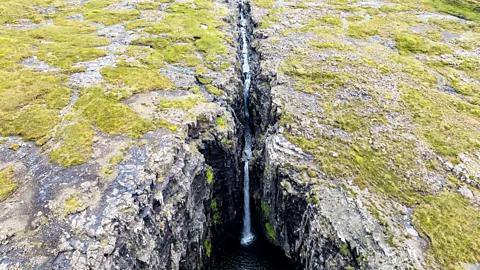
“Tourism has lost depth. People often collect photos instead of memories,” says Santopietro. “By shifting focus, we can restore authenticity to places and create deeper experiences for travelers.”
Instead of checking off the same viral landmarks, today’s smarter bucket list may be about seeking authenticity, protecting local culture, and embracing the unknown.
